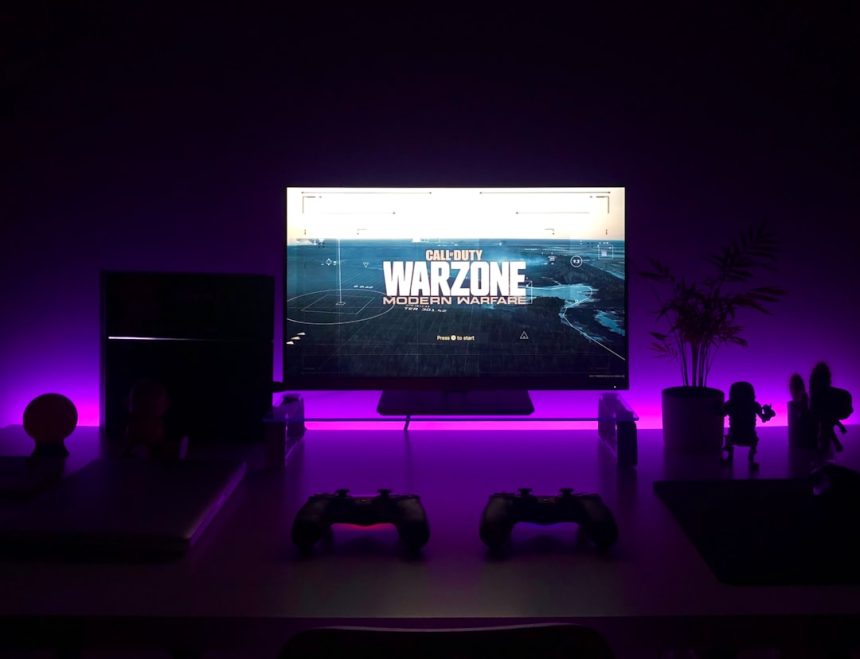Since its debut in 2013, the PlayStation 4 has become one of the most successful gaming consoles of all time. Over the years, Sony introduced different versions of the PS4 to meet evolving user demands for design, performance, and media capabilities. The three main models include the original PlayStation 4, the PlayStation 4 Slim, and the PlayStation 4 Pro. Each of these versions has its own advantages and potential drawbacks, depending on the preferences of the user.
PlayStation 4 (Original)
The original PS4, launched in November 2013, changed the console gaming landscape. It featured a sleek, angular design, 500GB of storage, and an 8-core AMD Jaguar CPU. The GPU offered 1.84 teraflops of graphics processing power, which allowed it to deliver impressive next-gen graphics at the time of release.
Notable features include:
- Support for 1080p resolution
- Two USB ports
- Optical audio out, which was later removed in Slim
- Physical power and eject buttons (touch-sensitive)
However, over time, this initial design began to feel bulkier and noisier compared to later models. It also lacked HDR support out of the box, which became more desirable as 4K TVs grew popular.
[ai-img]playstation 4 original, front view, console on table[/ai-img]
PlayStation 4 Slim
Introduced in September 2016, the PS4 Slim was a refreshed version of the original PS4. It featured a slimmer and lighter body, improved power efficiency, and a quieter fan system. While it retained the same internal specifications in terms of CPU and GPU performance, some features were altered for modernization and budget optimization.
Notable upgrades and changes:
- Smaller, more portable design
- Reduced power consumption
- Introduction of HDR support
- Removed optical audio output
- Rounded edges for safer handling
The Slim became the standard PS4 offering and appealed to casual gamers looking for a more budget-friendly and quieter gaming experience.
PlayStation 4 Pro
The PlayStation 4 Pro, released in November 2016, was designed for performance enthusiasts and those seeking higher visual fidelity. It introduced a more powerful GPU at 4.20 teraflops and a slightly upgraded CPU. This enabled support for 4K (via checkerboard rendering) and enhanced frame rates in select titles.
Key enhancements include:
- Support for 4K gaming and video streaming
- Improved performance in “Boost Mode” for older titles
- Increased system memory bandwidth
- Three USB ports for additional accessories
- 1TB standard hard drive (some versions offered 2TB)
[ai-img]playstation 4 pro, side view, dualshock controller[/ai-img]
The PS4 Pro is ideal for gamers with 4K TVs or those who prioritize performance enhancements in demanding titles. However, it comes with increased size and power consumption, making it less energy-efficient than its siblings.
Comparison Summary
| Feature | Original PS4 | PS4 Slim | PS4 Pro |
|---|---|---|---|
| Release Year | 2013 | 2016 | 2016 |
| Size & Design | Bulky, angular | Compact, rounded | Largest, layered design |
| Resolution Support | 1080p | 1080p + HDR | 4K (checkerboard) + HDR |
| Storage Options | 500GB/1TB | 500GB/1TB | 1TB/2TB |
| Optical Audio Out | Yes | No | Yes |
Conclusion
Choosing the right PlayStation 4 model depends largely on individual preference, budget, and setup. While the original PS4 laid the groundwork for this generation, the PS4 Slim offered subtle design and noise improvements. For those who prioritize high-resolution visuals and performance, the PS4 Pro stands out as the ultimate option. Despite the release of the PlayStation 5, these consoles remain relevant and widely used in 2024 thanks to continued game support and an extensive game library.
Frequently Asked Questions (FAQ)
- Q: Can all PS4 models play the same games?
A: Yes, all PS4 models support the same game library regardless of hardware. - Q: Does PS4 Pro support true 4K resolution?
A: It supports 4K through checkerboard rendering or upscaling for most games, but not native 4K in all titles. - Q: Is the PS4 Slim quieter than the original PS4?
A: Yes, the PS4 Slim generally runs cooler and quieter due to improved internal design. - Q: Which PS4 model is best for VR gaming?
A: While all PS4 models support PSVR, the PS4 Pro offers the best performance and visuals for VR experiences.









